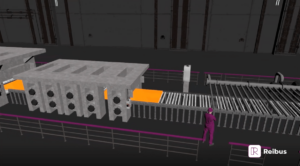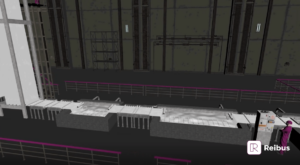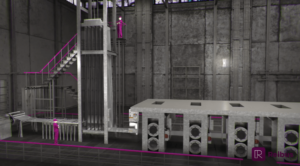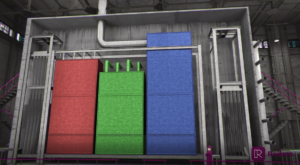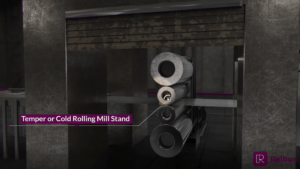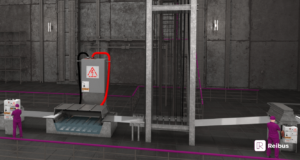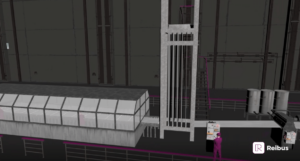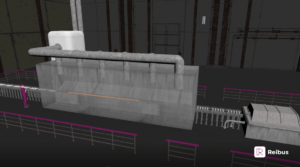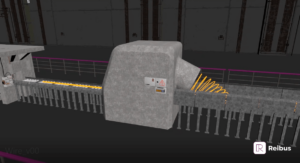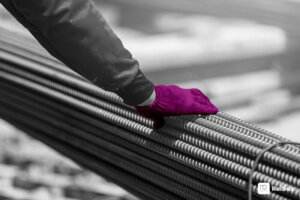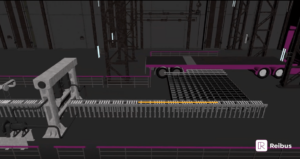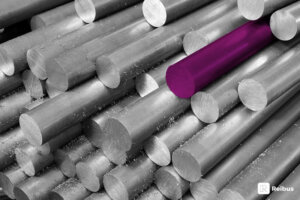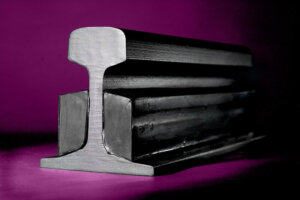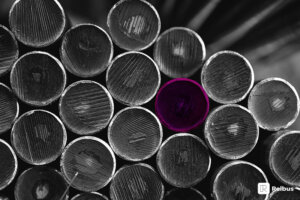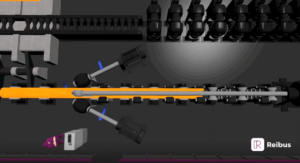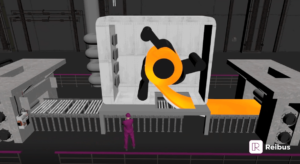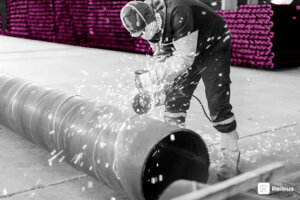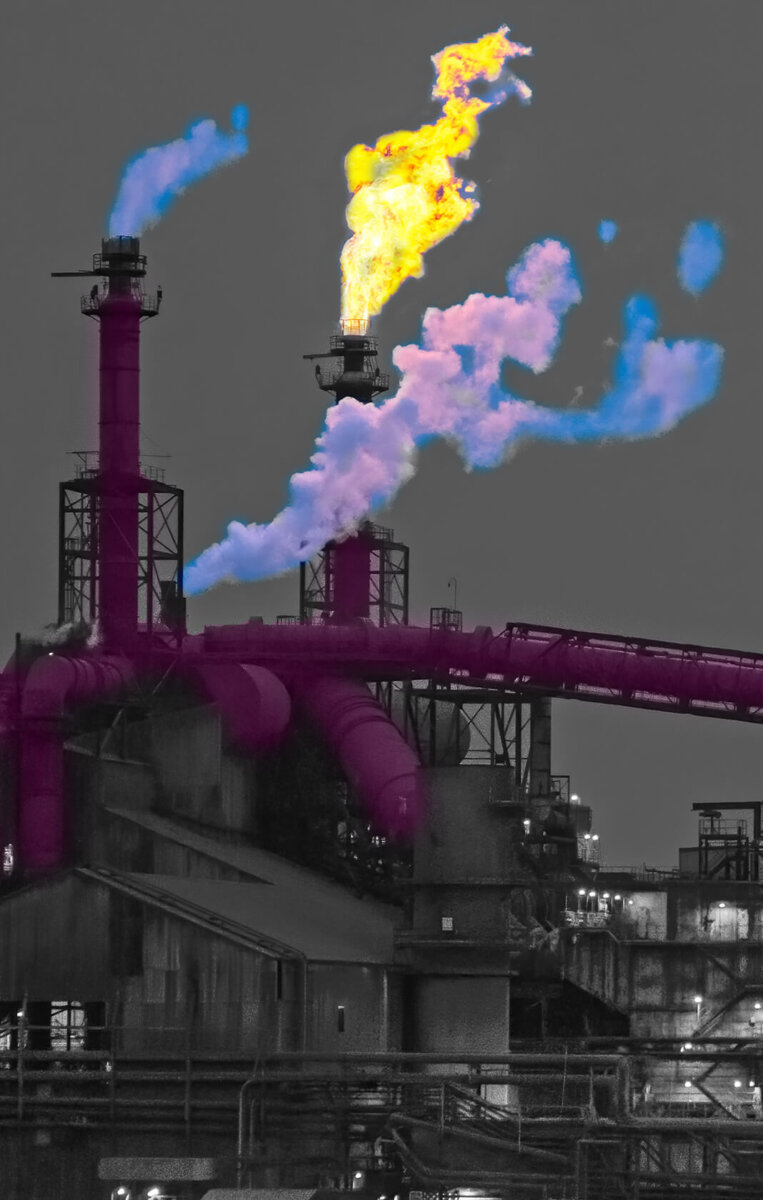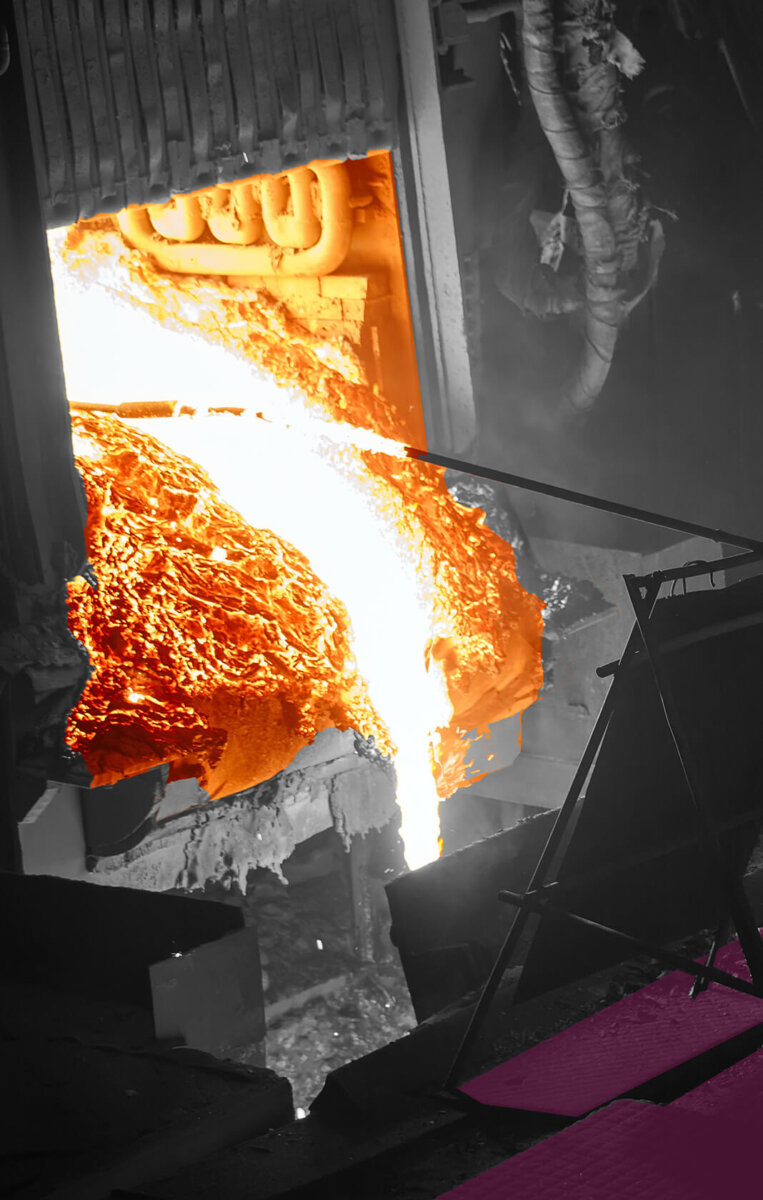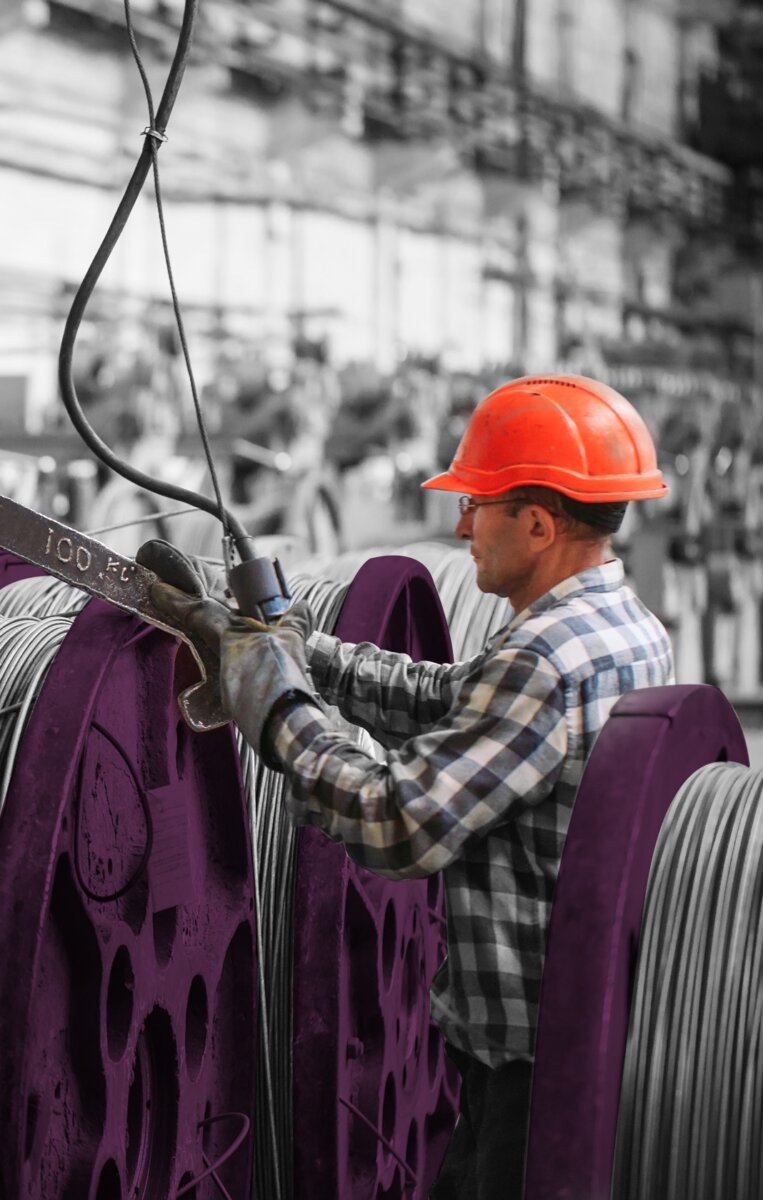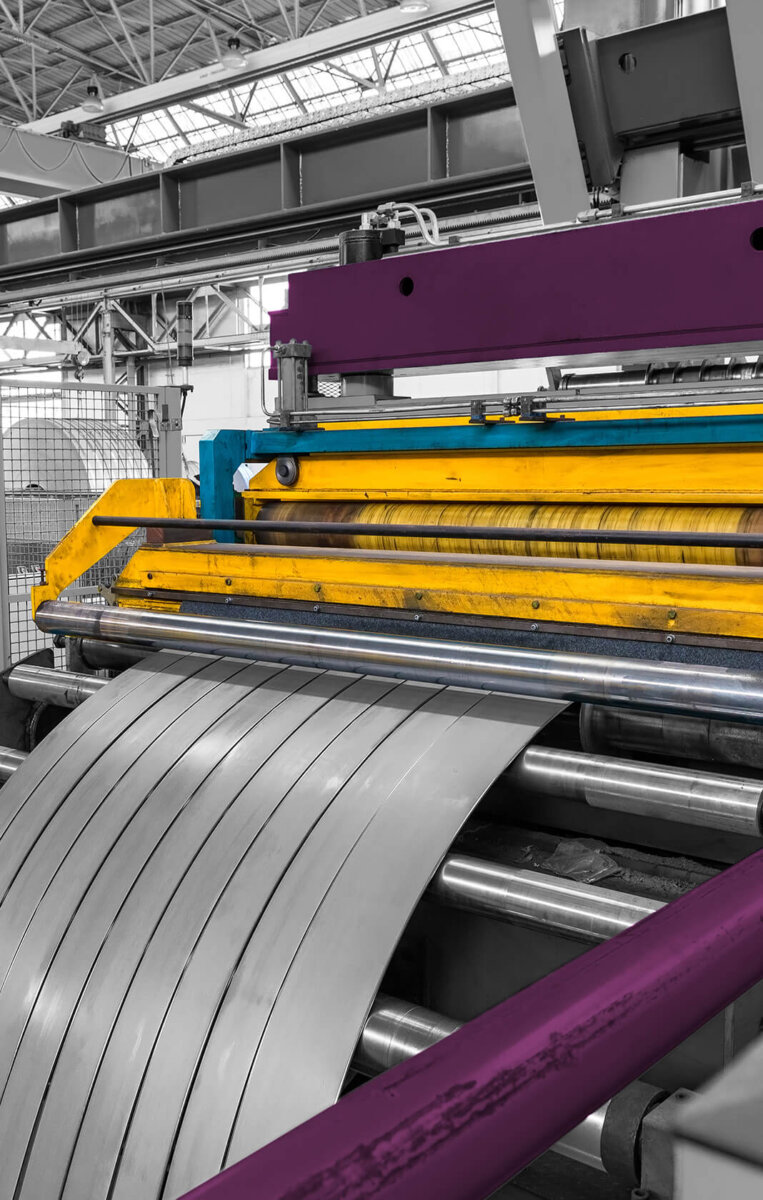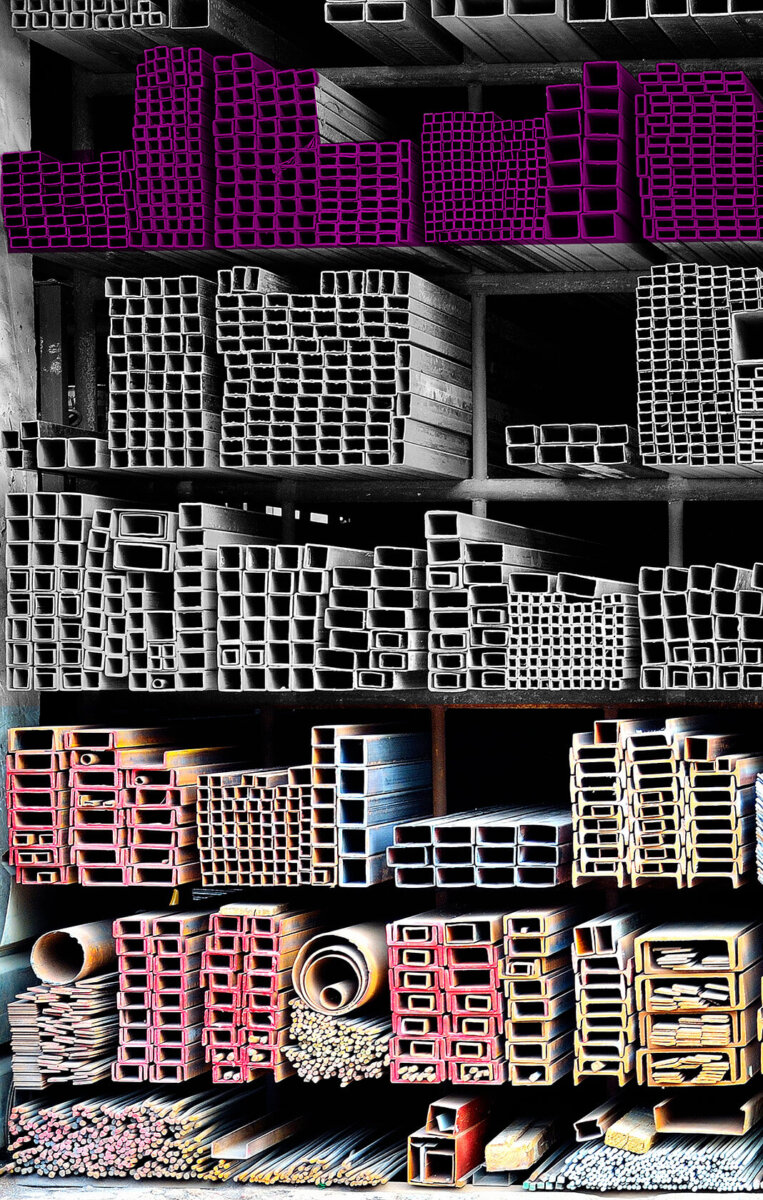Steel Foundations
From mine to metal, Reibus U is your definitive source for learning how steel is made. 40 free lessons created by industry experts. Start your steelmaster journey today!
From mine to metal, Reibus U is your definitive source for learning how steel is made. 40 free lessons created by industry experts. Start your steelmaster journey today!

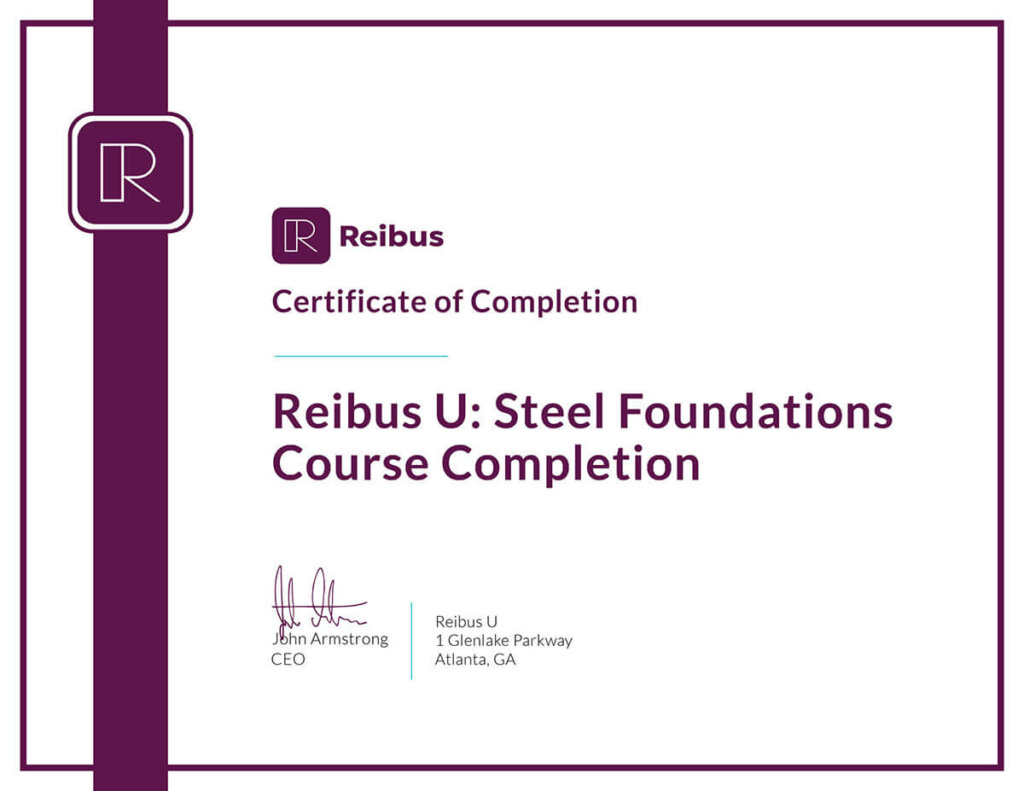
Track your progress and take a quiz at the end of each learning module. 80% or better earns you a Reibus U Certification!
Sign up for an accountIronmaking is the metallurgical process of converting iron ore, which is rich in iron oxide, to elemental iron, which is about 95% pure iron. Oxygen is removed from the iron oxide, most often using a blast furnace, but iron ore can also be directly reduced using a reactor and natural gas. The output of ironmaking can be liquid hot metal/pig iron, iron pellets, or cast iron ingots.
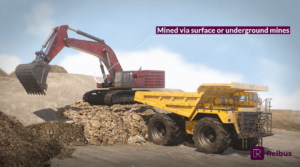

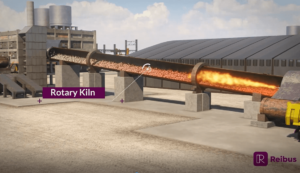
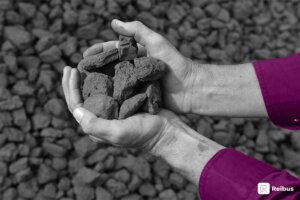
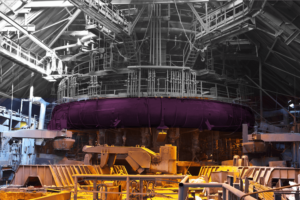
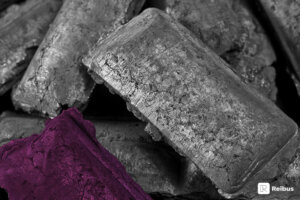
Steelmaking is the metallurgical process of converting iron, which is high in carbon and impurities, into crude steel, which has less than 2.0% carbon and minimal impurities. The two main methods to make steel use a basic oxygen furnace (BOF), or an electric arc furnace (EAF).
Steel Casting is the metallurgical process of solidifying molten steel or other metals into a solid pre-determined shape and size, using controlled cooling. Semi-finished cast products will be further processed by rolling mills, forging processes, or machining. Cast products can include ingots, thick slabs, thin slabs, cast strip, billets, blooms, or near-net shapes, such as I-beams.
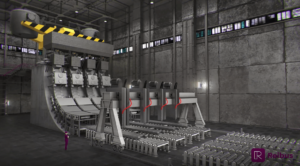

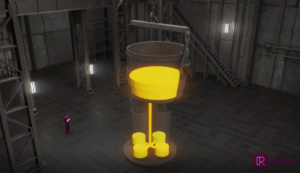

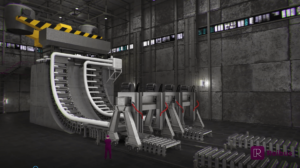

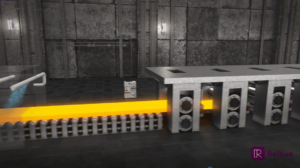
Secondary refining is a set of metallurgical processes performed after the Electric Arc Furnace (EAF) or Basic Oxygen Furnace (BOF) process. Secondary refining processes take place in the ladle but at a separate station, with the main purpose of relieving the primary steelmaking processes of these additional functions. Secondary steelmaking processes make bulk and fine chemistry adjustments for reducing sulfur, phosphorus, and oxygen as well as precise carbon and alloying additions, to ensure the steel meets specific requirements.
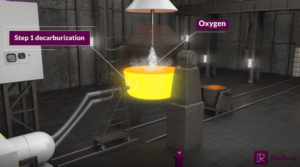
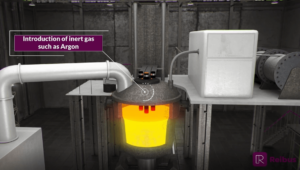
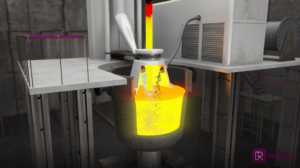
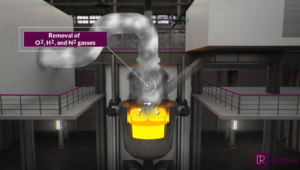
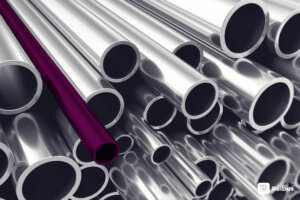
Shaping of steel into a final commercial product, either flat products, like coils or plates, or long products, like rail or pipe, is accomplished using different forming processes, such as rolling or forging, of the corresponding semi-finished cast products. Steel products can be created with many different microstructures and properties derived from various forming processes, heat treatments, and surface treatments.
